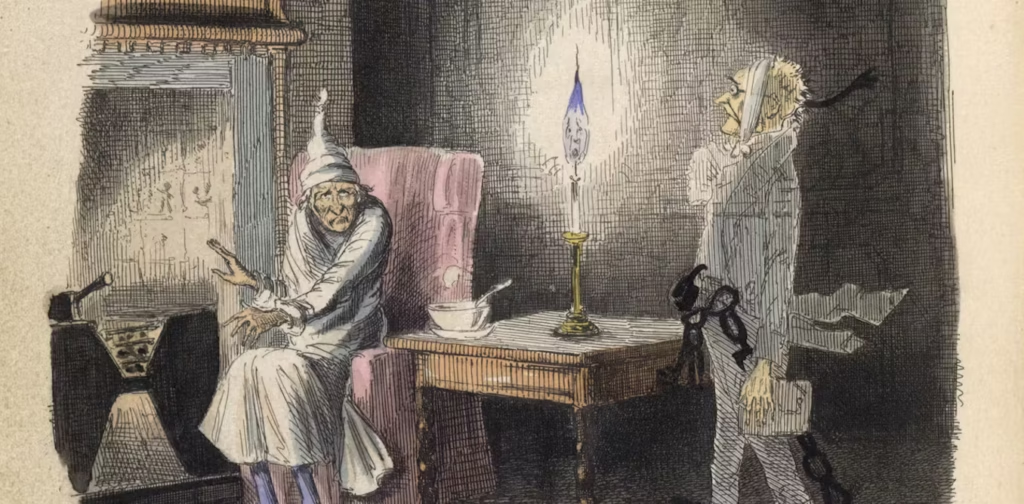
Victorian Britain, from the coronation of Queen Victoria in 1837 until she died in 1901, is routinely acclaimed for industry, science, and empire. Yet it was also a time of supernatural interest, when séances and spirit mediums commanded the attention of the public. Interestingly, most of the top scientists of the time, Nobel laureates and members of the Royal Society, investigated spiritualism and psychic forces. This irony of rational investigation as a complement to occult research is puzzling in terms of what science, belief, and proof are within a changing world.
This study investigates why Victorian scientists seriously considered ghosts, analyzing the context, motivations, controversies, and implications of Victorian scientists’ research into spiritualism.
In the 19th century, the globe saw revolutionary shifts in scientific knowledge. Evolutionary theories (Darwin, 1859), electromagnetism, and atomic compositions transformed knowledge. However, concurrently, individuals struggled with loss of religious faith, deaths on a massive scale, and an eagerness to comprehend death as well as the afterlife. Spiritualism as belief in the possibility of communication by the living with the dead developed as a counter response.
The movement started in America in the 1840s, achieving popularity in the UK by the 1850s. Séances, spirit photography, and mediumistic communication were social and scientific novelties. Spiritualism had the potential to deliver empirical evidence of an afterlife, something religion could assert but science had never confirmed.
Well-known individuals like Sir William Crookes, a physicist and chemist who discovered thallium, participated in séances and performed controlled experiments with mediums. Crookes felt he witnessed real psychic activity. Similarly, Sir Oliver Lodge, a physicist and the inventor of wireless communication, was a committed spiritualist, particularly after the death of his son during World War I. Another key figure was Alfred Russel Wallace, fellow discoverer of natural selection, who made the case that spiritualism was compatible with evolutionary science. Wallace thought that evolution indicated a spiritual aspect to things beyond physical biology.
government’s Stargate Project) copied Victorian attempts. Today’s scientific community continues to debate how to handle beyond-paradigm claims. The cycle of initial wonder, followed by distrust and exclusion, is duplicated over centuries. It expresses an underlying tension in scientific research: how to be receptive to new phenomena without undermining methodological integrity.
While most scientists practiced spiritualism in good faith, others were profoundly skeptical. Thomas Huxley, “Darwin’s Bulldog,” ruled out séances as “intellectual rubbish.” Physicist Michael Faraday, worried about the public being duped, discredited “table-turning” (a form of séance) with simple mechanical tools.
Examinations of mediums found pervasive deception. Florence Cook, a medium examined by Crookes, was later found to have used sleight of hand. Critics claimed belief in spirits distorted judgment and caused even reputable scientists to waive skepticism.
This poses vital questions: Were Victorian scientists really duped, or were they just doing their best to follow the evidence wherever it took them, even into uncomfortable places? One major limitation was the absence of controls and replicability in most spiritualist experiments, two pillars of contemporary scientific practice.
Victorian spiritualism is similar to other past conjunctions of science and the unknown. Throughout the 20th century, parapsychology and remote viewing research (including the U.S. government’s Stargate Project) copied Victorian attempts. Today’s scientific community continues to debate how to handle beyond-paradigm claims.
The cycle of initial wonder, followed by distrust and exclusion, is duplicated over centuries. It expresses an underlying tension in scientific research: how to be receptive to new phenomena without undermining methodological integrity.
The Victorian fascination with séances and ghosts is more than a charming aside in the science book. It is a reflection of the ferment of an age when the scientific, the religious, and the occult were all interpenetrating one another. These scientists were not merely pursuing illusions; they were filling a deep social hunger for significance in a time of chaos.
Their work is a cautionary tale and a mirror to consider: Science flourishes in open-minded skepticism. The Victorian experience teaches us that even the most rational minds are formed by the cultural and emotional imperatives of an era. As we forge modern scientific frontiers, the question lingers: How do we balance curiosity with caution in the face of the mysteries at the frontier of understanding
FOR MORE NEWS VISIT DIPDIVES.COM


